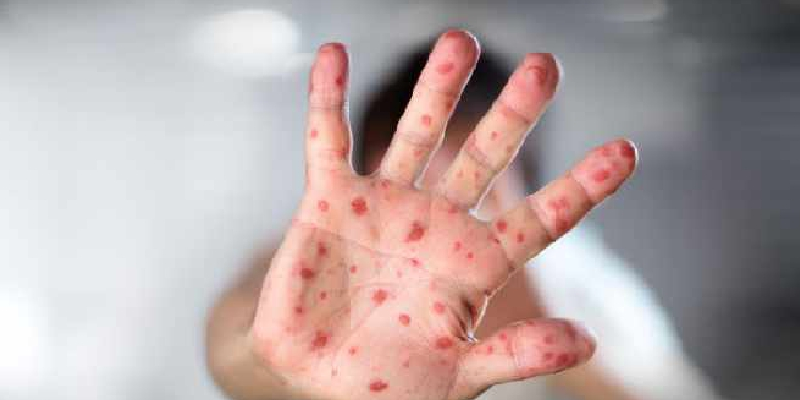
The National Primary Health Care Development Agency (NPHCDA) has said that measles is a very infectious, dangerous disease and called on parents and caregivers to take their children to be vaccinated.
The executive director, NPHCDA, Dr. Faisal Shuaib said this during a media interaction today (November 8, 2022) in Abuja, where he stressed that measles affects mostly children under five years and can lead to death.
Science Nigeria reports that measles, a viral infection, affects mostly children. Once quite common, measles can now almost always be prevented with a vaccine. Also called rubeola, measles spreads easily and can be serious and even fatal for younger children.
While death rates have been falling worldwide as more children receive the measles vaccine, the disease still kills more than 200,000 people annually, mostly children.
Shuaib said that measles reduces children’s ability to fight other diseases, resulting in frequent illness.
“Those at increased risk of contracting measles are children under five years who have not completed their routine immunisation and those not vaccinated against measles,” he explained.
According to him, for a child to be fully protected against measles, they must get vaccinated from nine months to five years.
The NPHCDA boss said that parents and caregivers should ensure their child get vaccinated against measles and Yellow fever in the agency’s ongoing integrated campaign.
“Other childhood immunisation and COVID-19 vaccines will also be administered at the mobile and fixed post,” he said.

Measles symptoms don’t appear until 10 to 14 days after exposure.
The symptoms include fever, dry cough, runny nose, sore throat and bloodshot, inflamed eyes (conjunctivitis). Tiny white spots with bluish-white centres on a red background are found inside the mouth on the inner lining of the cheek also called ‘Koplik’’s spots – a skin rash made up of large, flat blotches that often flow into one another.
The infection occurs in stages over two to three weeks. For the first 10 to 14 days after infection, the virus spreads in the body. There are no signs or symptoms of measles during this time.
Over the next few days, the rash spreads down the arms, chest and back, then over the thighs, lower legs and feet. At the same time, the fever rises sharply, often as high as 104 to 105.80F (40 to 410C).
The rash may last about seven days. The rash gradually fades first from the face and last from the thighs and feet. As other symptoms of the illness go away, the cough and darkening or peeling of the skin where the rash was may stay for about 10 days.
A person with measles can spread the virus to others for about eight days, starting four days before the rash appears and ending when the rash has been present for four days.

